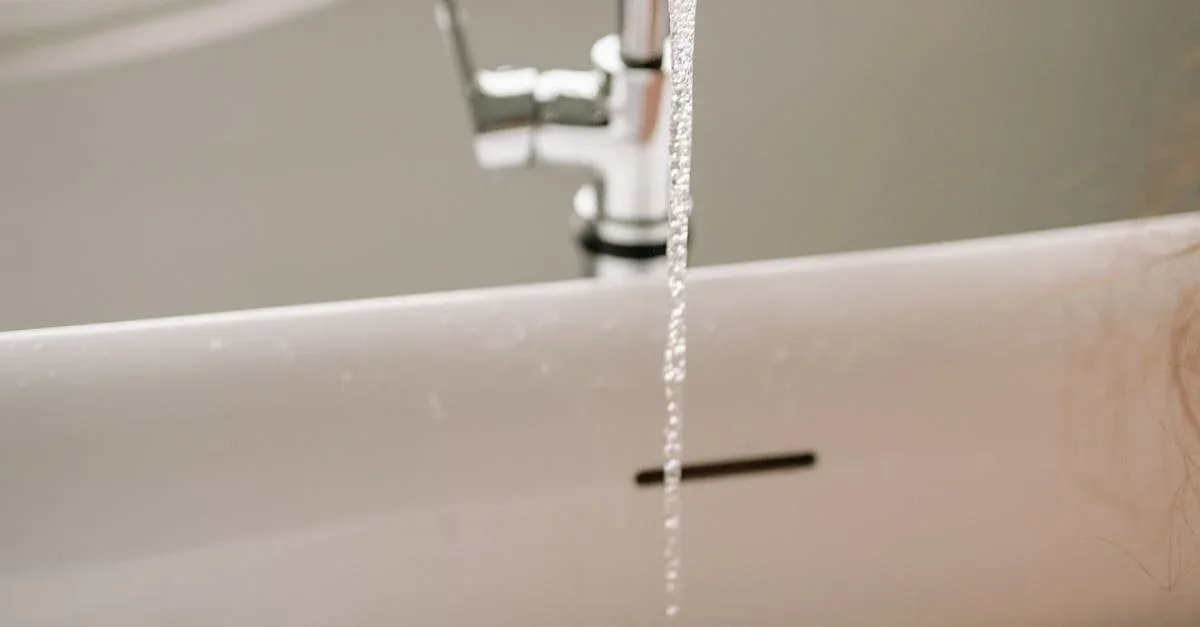Many cat owners often wonder, Can Cats Be Bathed? How to Bathe Cats? The Most Practical Washing Tips can be quite useful for those looking to keep their feline friends clean. While cats are known for their natural grooming habits, there are times when a bath becomes necessary. Understanding the right approach can make this experience less stressful for both the cat and the owner. In this article, we will explore the best practices for bathing cats, ensuring the process is smooth and safe.
Main Points
Bathing a cat can be challenging, but it is manageable with the right techniques. Firstly, it’s essential to prepare your cat by getting them accustomed to water gradually. Secondly, choose the right supplies, including cat-friendly shampoo and a non-slip surface. Thirdly, keep the bathing area calm to minimize stress. Finally, thorough drying is crucial to prevent discomfort. By following these tips, you can make bath time a more pleasant experience for your furry companion.

The Necessity of Bathing Cats: When and Why You Should Consider It
Bathing cats may seem unnecessary, yet there are moments that call for this delicate procedure. Regular grooming usually suffices, but specific circumstances can arise when it’s essential. Understanding can cats be bathed hinges on factors like health, cleanliness, or an active lifestyle. For instance, if a cat gets into something sticky or smelly, a bath becomes unavoidable. Moreover, some breeds may benefit from occasional baths due to their unique fur.
Key Reasons to Bathe Your Cat
- Health Concerns: Certain skin conditions may require medicated baths.
- Hygiene: Cats that struggle with grooming can accumulate dirt and oils.
- Odor Control: Regular baths help manage odors, especially in older or active cats.
Thus, knowing how to bathe cats properly is crucial. Patience and the right products ensure a stress-free experience for both you and your feline friend. Finally, remember that the most practical washing tips usually involve preparing your cat in advance to minimize anxiety.

Preparing Your Cat for Bath Time: Tips for a Stress-Free Experience
Bathing your cat can be a challenging endeavor, but with the right preparation, it doesn’t have to be. Start by choosing a warm, quiet space to minimize distractions. Familiarize your cat with water by gently using a damp cloth on their fur before the bath. Loose fur and dirt will come off easily with this step. Remember that cats generally hate water, so maintaining a calm demeanor is crucial. You should also prepare their favorite toys nearby to create a comforting atmosphere. Finally, ensure that you have all your bathing essentials within reach to avoid sudden breaks during the process.

Choosing the Right Products for Your Cat’s Bath: Shampoos and Conditioners
When selecting shampoos and conditioners for your cat, it’s essential to prioritize their unique needs. Feline skin is sensitive, requiring products specifically formulated for cats. Look for gentle, hypoallergenic options that effectively clean without stripping natural oils. Additionally, consider scents and preferences your cat may have; some may be sensitive to strong fragrances. Remember, a well-chosen shampoo can enhance your cat’s coat texture while minimizing irritation. With the right products, can cats be bathed, and they often enjoy the process!
Step-by-Step Guide to Safely Bathing Your Cat: Techniques for Success
Bathing a cat can be quite the challenge. However, with patience and the right approach, you can make the experience smoother. Start by gathering all necessary supplies. Make sure to use a cat-specific shampoo, as human products may irritate their skin. Next, fill a tub with lukewarm water—this is crucial for your feline’s comfort. Gently wet your cat, avoiding the head initially, and lather the shampoo carefully.
Key Steps in the Bathing Process
- Can Cats Be Bathed?: Yes, but only if necessary.
- How to Bathe Cats?: Use a calm voice and avoid sudden movements.
- The Most Practical Washing Tips: Always rinse thoroughly to prevent skin irritation.
After rinsing, wrap your cat in a warm towel to dry off gently. Remember, a stress-free environment will yield better results. Keeping your cat calm is essential; use treats to reward cooperation during the whole process!
Post-Bath Care: How to Dry and Comfort Your Cat After Washing
After bathing your feline friend, drying them effectively is crucial. Gently wrap your cat in a soft towel, allowing them to absorb excess moisture. Avoid vigorous rubbing as it may stress them. Instead, pat their fur softly, focusing on areas prone to moisture. Offering treats during this process can soothe their nerves. You may also use a low-heat blow dryer, keeping it at a safe distance. Remember, can cats be bathed requires thoughtful consideration of your cat’s temperament. Therefore, ensure a calm environment to ease their discomfort.
Comforting Techniques
Once dry, provide a cozy space for your cat to relax. A warm blanket or their favorite bed can promote a sense of security. Engaging in gentle petting can foster bonding and reassure them after the experience. Understanding how to bathe cats is essential, but post-bath care is equally important for their well-being.
Common Mistakes to Avoid When Bathing Your Cat: Ensuring a Positive Experience
Bathing your cat can be a challenging task, and avoiding certain pitfalls is crucial for a positive experience. One common mistake is using the wrong water temperature; cats often prefer warm, not hot. Moreover, rushing the process can lead to stress for both you and your feline friend. Gently speaking to your cat and using treats can create a calmer atmosphere. As one expert notes,
“A relaxed cat is more likely to enjoy the bath.”
Lastly, ensure you have everything within reach before starting, thus preventing unnecessary interruptions. Remember, Can Cats Be Bathed? requires careful consideration, as How to Bathe Cats? can be a sensitive process. Use The Most Practical Washing Tips to make this endeavor enjoyable!
Conclusion
In conclusion, caring for your feline friend requires us to consider their cleanliness and comfort. While some may wonder, “Can Cats Be Bathed? How to Bathe Cats? The Most Practical Washing Tips,” it’s essential to approach this task with care and understanding. Cats generally groom themselves, so bathing should be reserved for specific situations. When you decide to bathe your cat, prepare adequately and ensure a calm environment. Use gentle, cat-friendly products, and always handle your pet with love and patience. Remember, a positive experience will make future baths easier. By following these practical washing tips, you can keep your cat clean and happy while respecting their unique grooming habits.
Frequently Asked Questions
Can I bathe my cat regularly?
Generally, cats do a good job of grooming themselves, but if your cat gets into something particularly dirty or smelly, a bath may be necessary. Regular baths are not typically recommended, as they can strip the coat of natural oils.
What type of shampoo should I use for my cat?
You should use a cat-specific shampoo that is gentle and formulated for their skin. Avoid using human shampoos or those meant for dogs, as they can be harmful to cats.
How can I prepare my cat for a bath?
To prepare your cat for a bath, start by getting them used to water slowly. You can use treats and positive reinforcement to help them associate bath time with something enjoyable. It’s also helpful to have everything you need ready before bringing your cat to the bathing area.
What’s the best way to dry my cat after a bath?
After bathing, gently towel dry your cat to remove excess water. Avoid using a hairdryer, as the noise and heat can be stressful for them. If your cat tolerates it, you can use a low setting on a dryer from a distance, but it’s usually best to let them air dry in a warm, draft-free area.
What if my cat hates water?
If your cat dislikes water, consider alternatives like using a damp cloth to clean them or using waterless cat shampoos. If bathing is necessary, make it a quick process, offer plenty of treats, and ensure a calm environment to reduce their stress.

